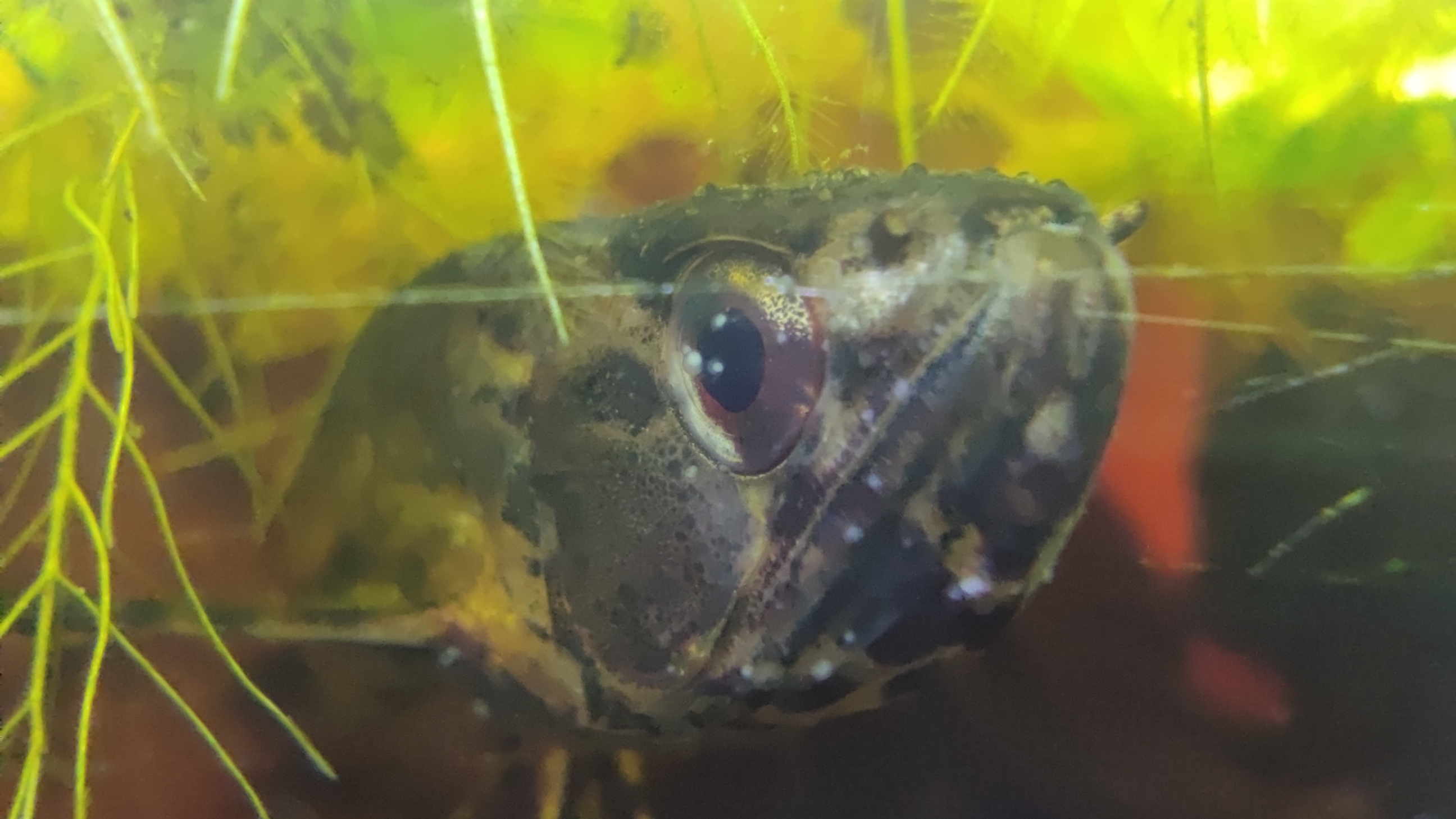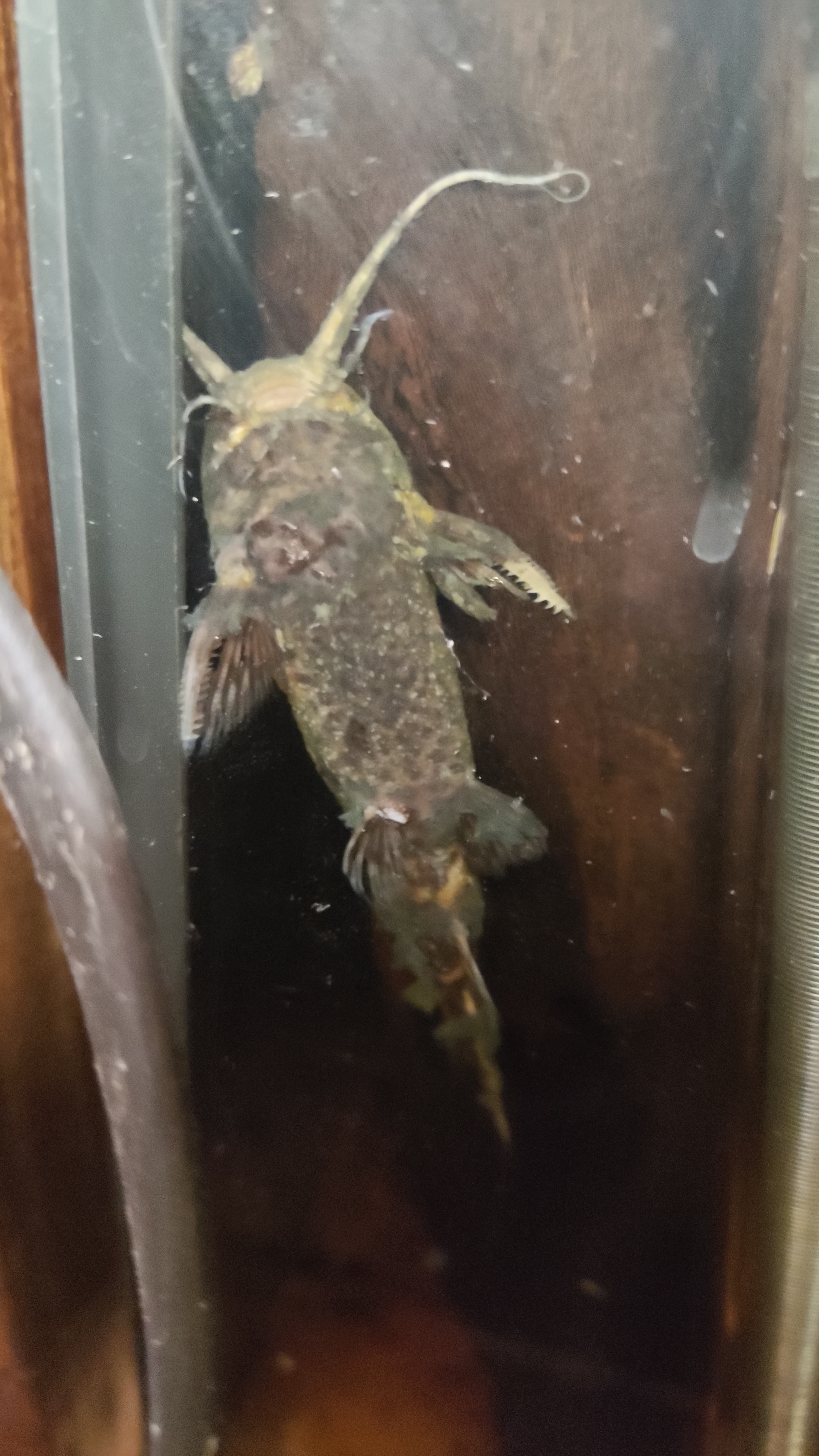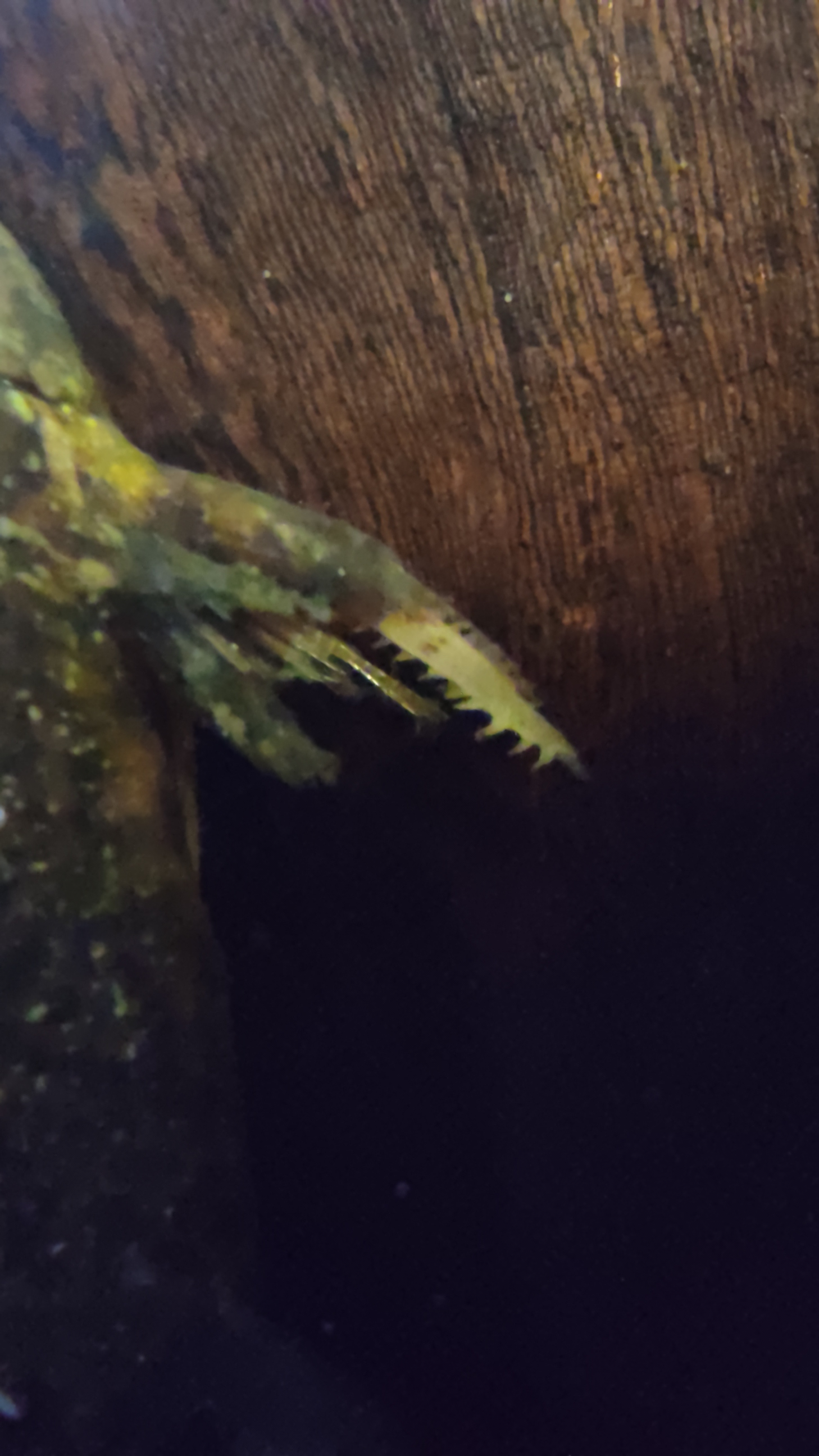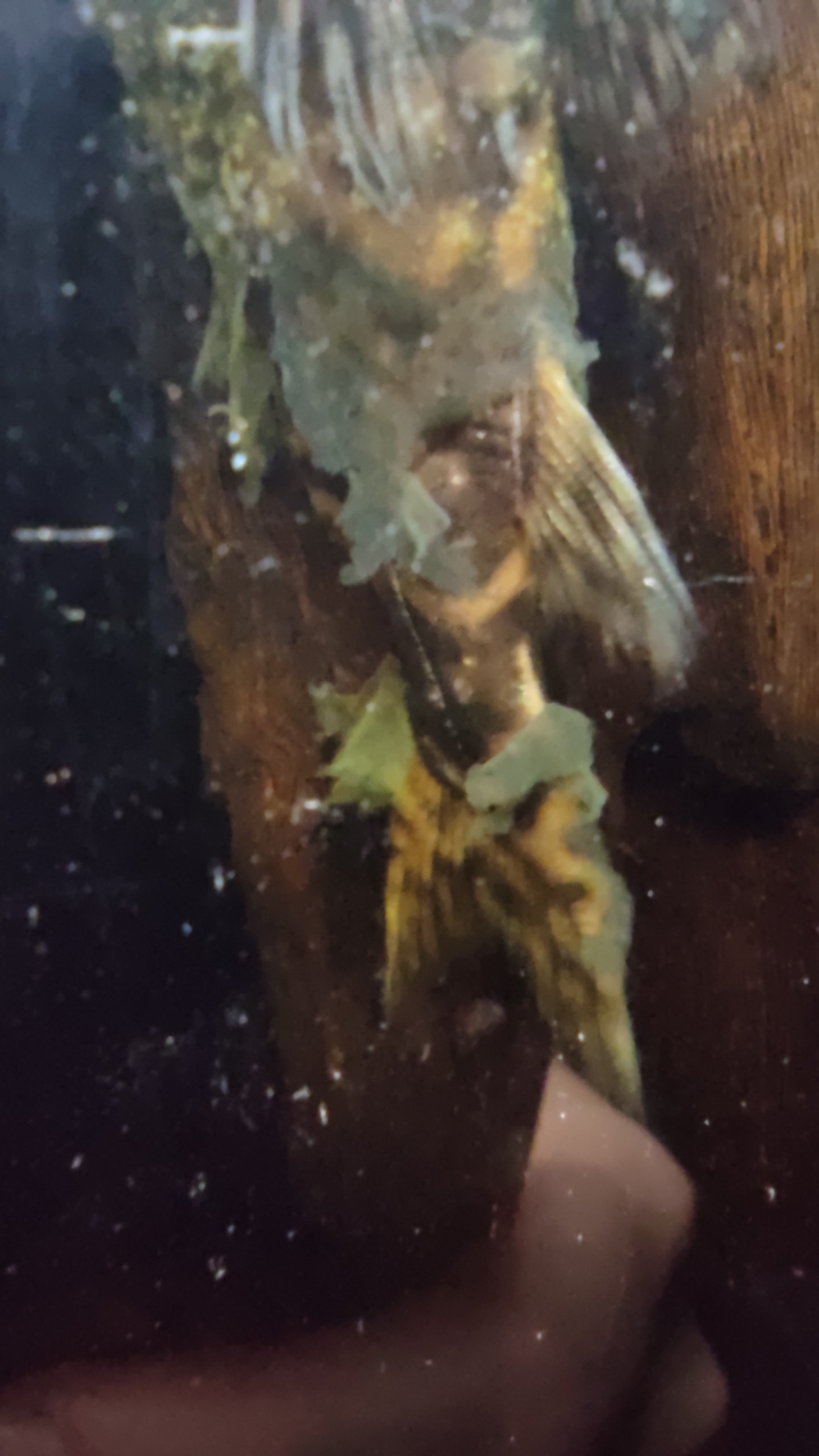I come to ask for your help because I discovered yesterday that my synodontis nigriventris were sick, at a stage which seems to me to be advanced.
For the record, the aquarium is an extremely opaque blackwater (because of the tannins but also the floating plants) with quite a few coconuts and roots.
Here is the subject I had made to see the layout of the tank, today the water is much darker. It is therefore a specific S. nigriventris aquarium with a Pantodon bulcholzi.
viewtopic.php?t=50785
So I had a rare ocasion yesterday to see one of my fish except that it had a number of white spots and had trouble breathing. As it is impossible to catch a fish in all this mess, I was able to take pictures of the famous points on the Pantodon (which had nothing two days ago).

As I had no treatment on hand, I raised the temperature to 30°C (it was 18°C as it is winter and the fishroom is not heated).
I then went to look for marine aquarium salt as well as eSHa EXIT (Diaminoacridine, Viride Malachitum, Methylrosanilinii chloridum) which is for the treatment of white spot disease and velvet disease. I followed the doses indicated on the instructions, I did not put any salt for the moment.
But this morning, I see a synodontis again. More affected than the day before, the skin of the pectoral fins is torn off and the skin at the level of the tail seems moulted because this one seems intact above this "moult".



Is the medicine working?
I have the possibility of putting them in an 80l tank to do the treatment but this one is not cycled. On the other hand, it is empty so that would prevent them from drying out the skin on the roots.
The problem is that I have to take everything off to catch them, so there's a lot of potential stress.
Do you think they have a chance? What is the best solution in this case?
PS:I specify that there is no nitrite, the nitrates are below 10 and the pH is 6.7. As there are few nitrates, I do a water change every two months of about 15%.




